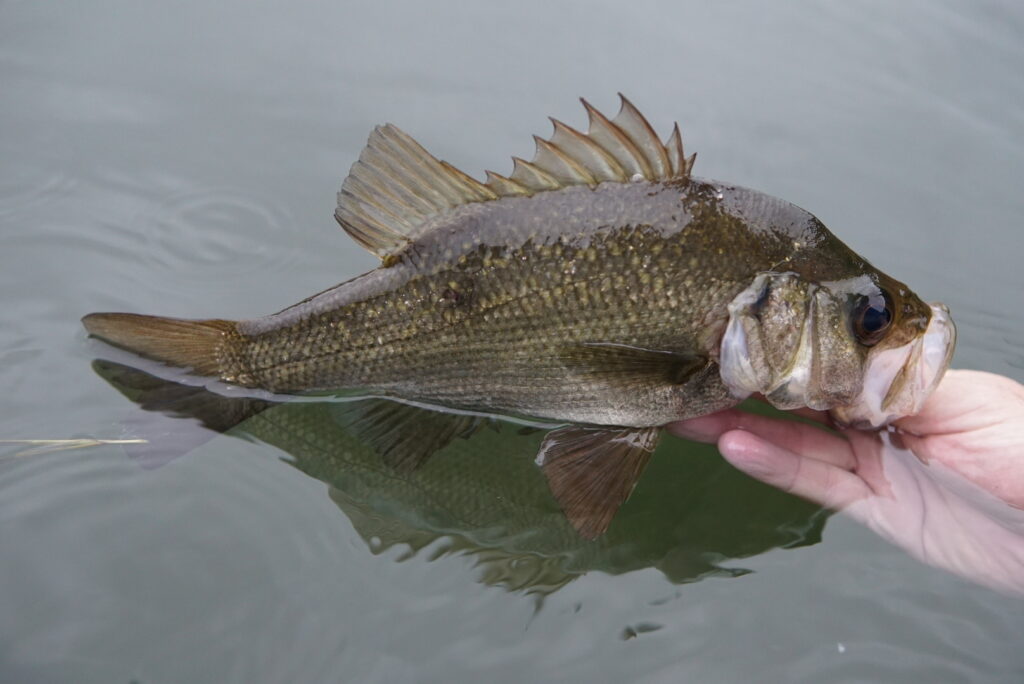Have you heard about the fish stocking strategy? It’s part of the Victorian Fisheries Authority (VFA) management plan to provide recreational fishing opportunities, and support healthy and sustainable fisheries. It happens in the Werribee River, and in 243 other waterways around the state. Combined with habitat restoration and environmental flows, it can help maintain populations of introduced fish, and recover native fish species. Why do we need this, and how does it work?
Since 1788, our waterways have undergone drastic changes. Diverting rivers for irrigation, storage in dams and reservoirs, removal of vegetation, and harvesting of fish have led to reduced flows, barriers to natural migrations and reductions or even local extinctions of species. Add changes in climate and rainfall patterns, development of land around rivers, litter and invasive species, and the pressures start to build up on our fragile waterways.
Despite these challenges, much is being done to reverse the harm caused to our rivers. On land and in the water, revegetation helps to shade our waterways and filter the water flowing in. Snags (trees which have fallen into the river) and other instream structures provide shelter and habitat for fish. Environmental flows are managed releases of water from dams to maintain or improve river health, which may resemble seasonal changes or occur in response to events such as low rainfall. Litter traps om drains and dedicated rubbish removal teams of workers and volunteers help keep these hazards out of rivers.
With the waterways becoming healthier, we now need fish to help keep the waters clean and functional, and the food webs balanced. Fish are bred in dedicated hatcheries, and carefully monitored to ensure they are healthy and will survive out in the wild. Depending on annual conditions, thousands of native fingerlings (each weighing about one gram) may be released by VFA each year, resulting in up to 1200 stocking events around Victoria. These species include Murray cod, Macquarie, golden and silver perch, and Australian bass.
In the Wirribi Yalluk/Werribee River, a total of 92,500 Estuary perch fingerlings were released from 2014-2016. Not all of these will survive into adulthood, with tiny fish making a meal for the many other aquatic creatures and waterbirds that inhabit our waterways. This is still a huge influx of fish into the lower Werribee River, an area that is popular with anglers due to its attractive riverside locations, easy access and numerous parks and reserves. In 2022, 35,000 more Estuary perch were released into the Melton Reservoir, many of which are likely to have migrated downstream when the dam spilled over with the flooding that year. Another fish release is scheduled for this summer.
Estuary perch were once the most numerous fish in coastal streams, and play an important role in maintaining healthy ecosystems. They are also a culturally significant species for First Nations people. Estuary perch populations have been impacted by changes to land management and water flows. Reversing the decline of these fish can help our rivers to regain their ecological function.
There are many species of fish that have been introduced to Australian waters for recreational purposes, and some such as trout are still stocked in certain areas. These fish are important to support the social and economic aspects of fishing, and take the pressure off native fish species being targeted. Releases of these fish can be into modified or artificial waterways such as lakes. Introduced fish are generally prolific breeders compared to our native fish, who might only reproduce in small numbers, or in response to certain environmental conditions.
The waters that our great-grandparents knew may have been teeming with fish but this is not a sight many of us see now in a natural setting. However, we now have the resources and cooperation of land and water managers, based on science, data and research, to enable populations of our native fish to return. By balancing the needs of human populations and river communities, and with careful resource management, we can ensure a more sustainable future for our waterways.
Image: Scott Thomas (2016) Fish Facts: Estuary perch – Fishing World Australia
